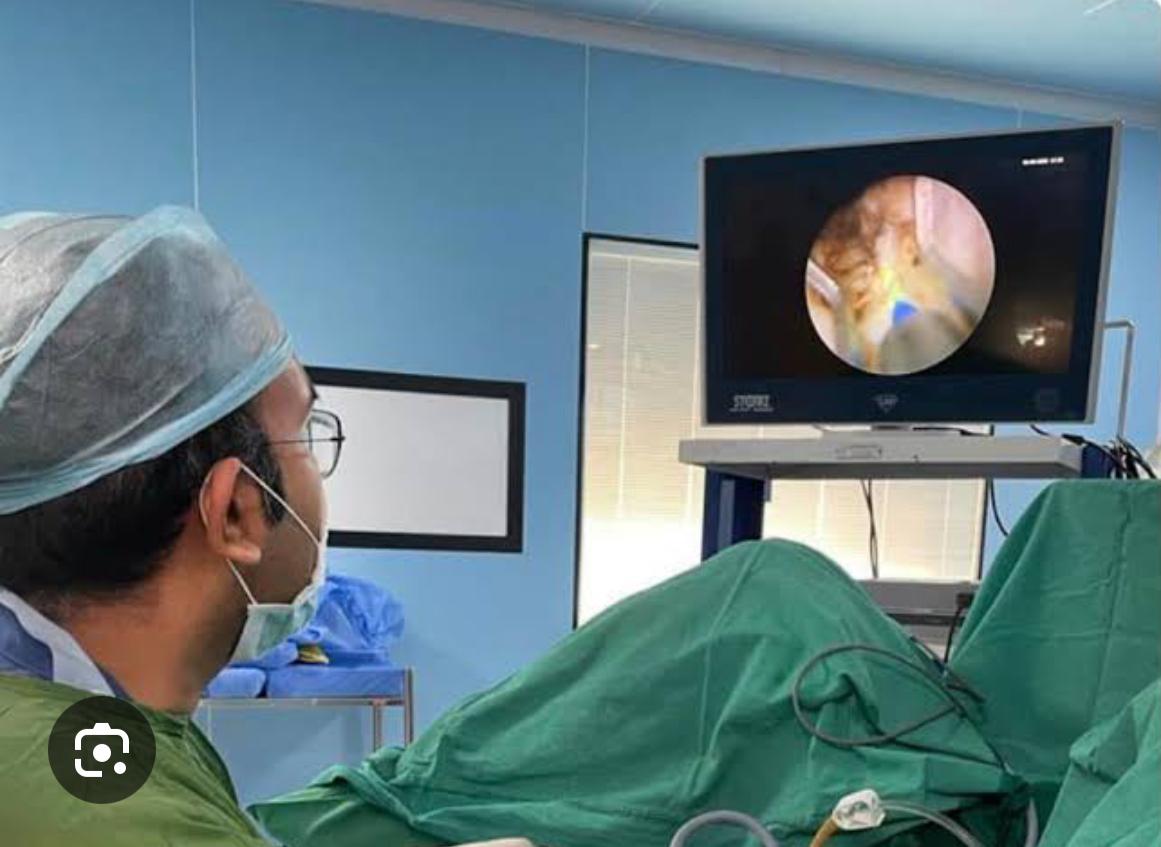
What is Laparoscopic Urology?
Laparoscopic urology is a minimally invasive surgical technique that uses small incisions and specialized instruments to diagnose and treat urological conditions.
Smaller Incisions
1/4 inch incisions instead of large open surgical cuts
Enhanced Visualization
High-definition cameras provide magnified views of surgical area
Faster Recovery
Patients typically return to normal activities much sooner
.jpeg)

